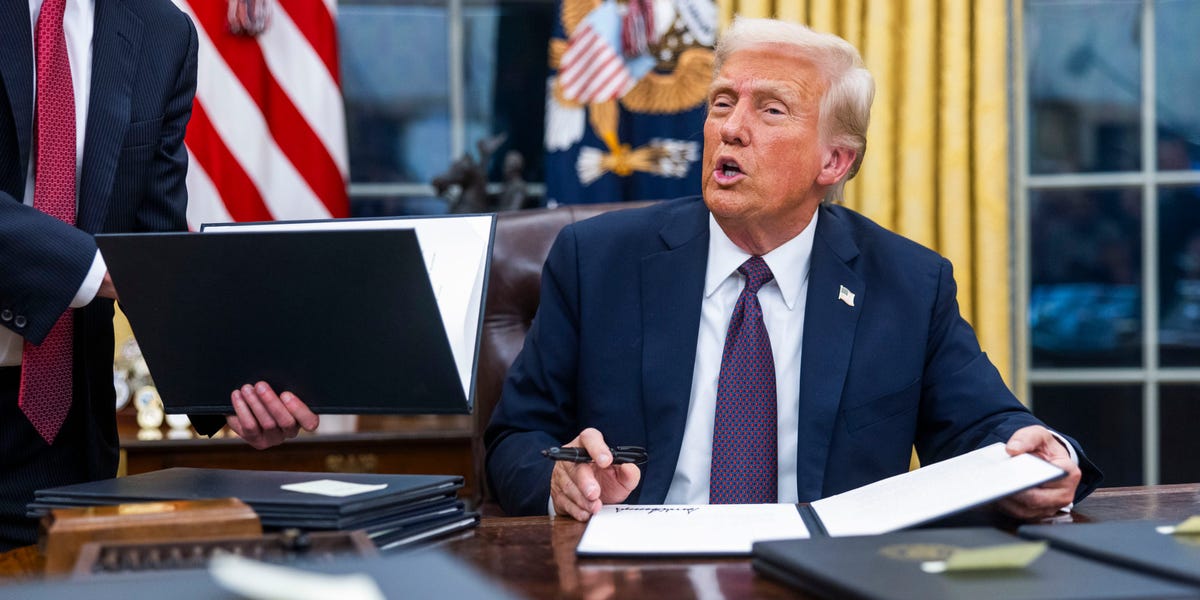Trade War Alarm: Titans of Business Blast Trump's Tariff Bombshell on North American Allies

In a bold move that escalates international trade tensions, the Trump administration announced on Saturday a significant tariff increase targeting key economic partners. The United States will now impose a substantial 25% tariff on goods imported from Canada and Mexico, while simultaneously implementing a 10% tariff on Chinese imports.
This aggressive trade strategy signals the administration's commitment to reshaping international trade dynamics and protecting domestic economic interests. The tariffs represent a dramatic step in the ongoing trade negotiations and economic pressures between the United States and its major trading partners.
The decision is expected to have far-reaching implications for global commerce, potentially impacting everything from manufacturing costs to consumer prices. Businesses and economists are closely watching how these new tariffs will affect international trade relationships and economic stability.
As tensions continue to simmer, the global economic landscape remains uncertain, with both allies and competitors carefully calculating their next moves in response to the Trump administration's latest trade maneuver.

